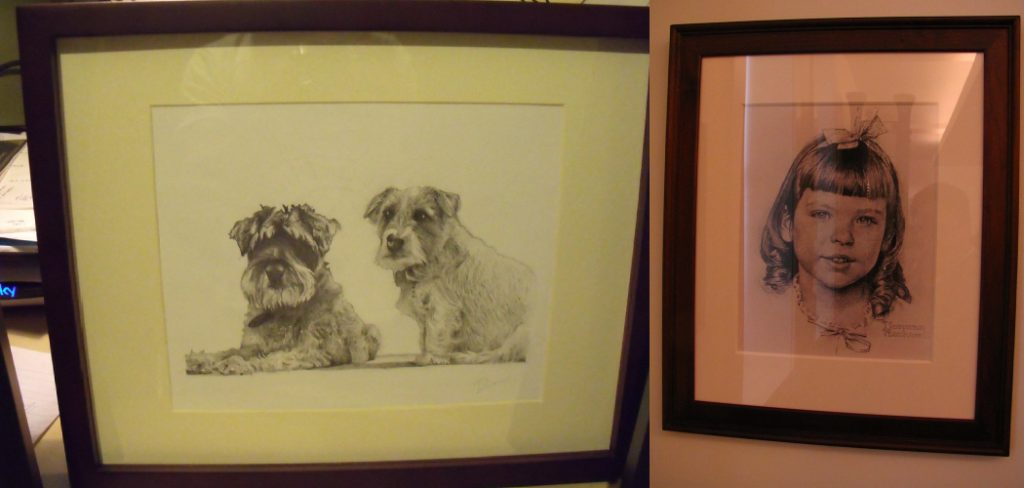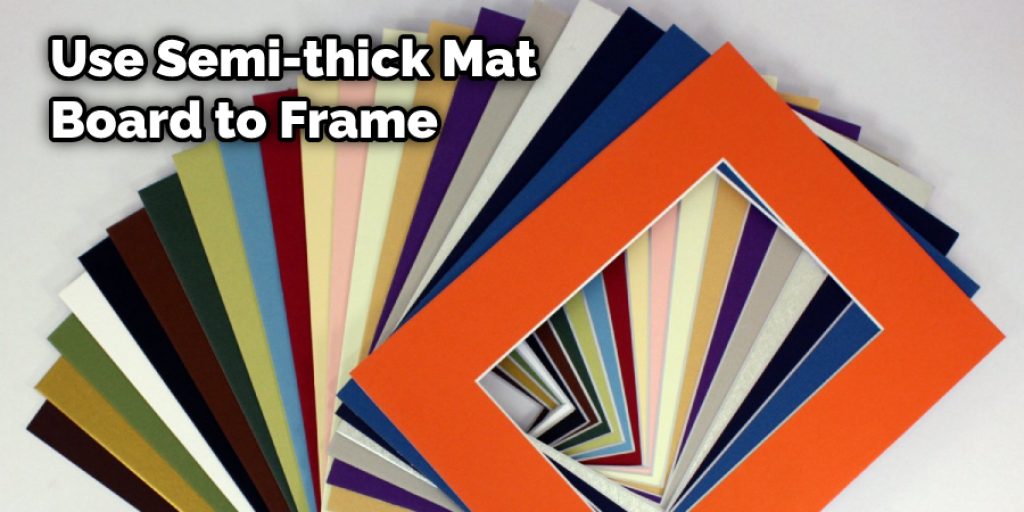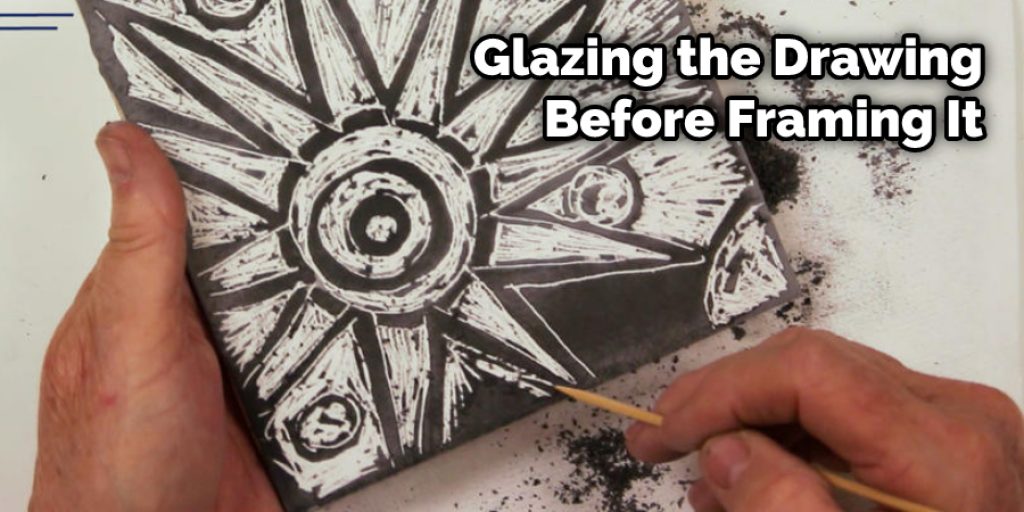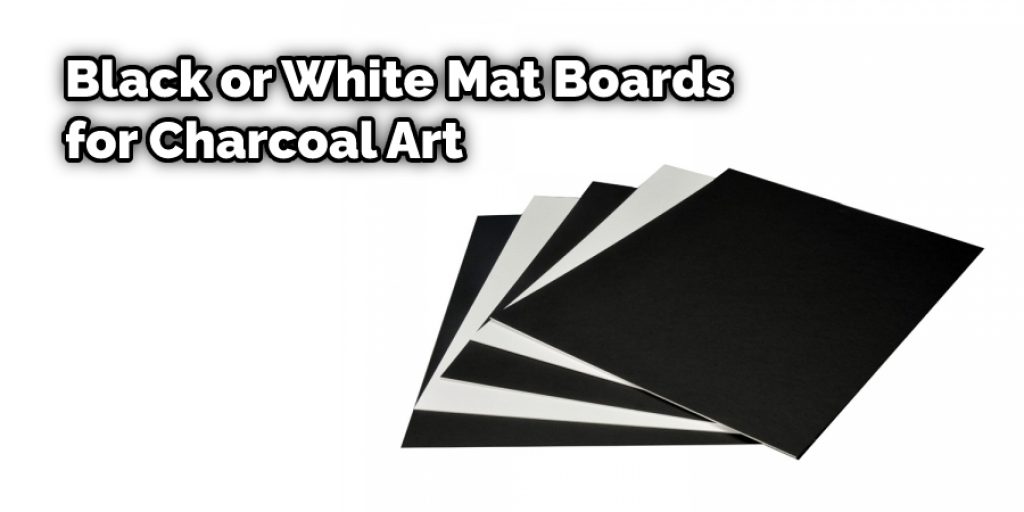How to Frame Charcoal Drawings
Are you looking for a new way to showcase your charcoal drawings? Consider framing them! Framing a charcoal drawing can be a challenge, but it’s worth taking the time to do it right. In this blog post, we will discuss the different types of frames available and how to choose the right one for your artwork.

We will also provide some tips on how to frame charcoal drawings to look their best. So whether you are a beginner or an experienced artist, read on to learn more about framing charcoal drawings!
10 Ways on How to Frame Charcoal Drawings
1. Plexiglass
Plexiglass is a material that can be used to frame black and white artworks. It is less expensive than other framing materials, but it can scratch easily. Plexiglass comes in different thicknesses, so you can choose the one that is right for your artwork. Some people choose to lean their charcoal drawings against a wall or another piece of art, instead of using a frame.
2. Acid-free Foamboard
A-frame can be simple but also very stylish. Acid-free foam board is the material used for this type of framing. It comes in various colors and thicknesses to accommodate your art. The artwork is attached using acid-free tape or glue dots. If you are looking to keep costs low, this would be the way to go. The artwork is mounted directly to the back of the acid-free foam board. This makes for a very clean and professional look. The artwork can be mounted on top of the acid-free foam board or on top of an acid-free mat board.
3. Mounted Paper
Consider mounting your charcoal drawing to archival paper if you don’t want your artwork attached directly to the frame. This is also good for bigger drawings than standard size frames can accommodate. Be sure to use acid-free tape or glue dots, and a level when hanging this type is dense enough to keep your art piece in place and can be painted, colored, or decorated with scrapbooking accessories.
4. Use a Semi-thick Mat Board

Cut two pieces of mat board at any height you wish to accommodate the height of your charcoal drawing. Next, cut a third slightly smaller than the first two pieces to fit into the back of the frame. The third piece will form a lip to adhere to your charcoal drawing. The second two pieces are then glued together using archival tape or wood glue, then fitted into your frame with the backing board on the outside.
5. Black Metal Frame
If you want to frame a charcoal drawing, one easy way to do it is to buy a black metal frame that is the same size as the drawing. You can glue the paper to the back of the frame with special glue that won’t damage the paper, or you can use double-sided tape.
6. Floating Frame
Tapping is a way to attach your art to a backing board without using tape or glue. This is best for charcoal drawings that are a little bit heavier, as they will stay in place without being attached to the backing board.
7. Acrylic Frame
Acrylic is a clear plastic that can be molded into many shapes. It comes in various thicknesses and therefore has different weights, so be sure to buy acrylic to accommodate your drawing. Because you are adhering the charcoal drawing directly to the acrylic, rather than gluing it onto a backing board or matting and framing it, this is best for smaller drawings than 24″ x 36″.
8. Beveled Matting
Cut a piece of beveled mat board in the same dimensions as your charcoal drawing. Please attach it to a backing board and fit your art into a frame. This type of framing is good for charcoal drawings with straight lines rather than ones with curvy lines, as the corners may not line up properly. You can either fit the beveled mat board into a frame and let the drawing stand out or mount the drawing to the beveled mat board and frame it as one unit.
9. Frame with Glazing

If you are framing charcoal drawings that do not have much weight, consider glazing the drawing before framing it. Then, put your drawing on top of another piece of acid-free board and fit it into a frame. This is best for smaller pieces, as larger ones may warp under the glass.
10. Custom Frame
If you want to make a custom frame for your charcoal drawing or just don’t like any of the standard types of matting and framing out there, this may be the way to go. Several options depending on your current resources and your preferred type of look.
For example, if you have an old picture frame that you like the look of, you could replace the glass with an acid-free board and attach your drawing to that. If you do not have a frame, you would like to use, buy a mat board and make your own. Then, staple the top corners of your paper to the backing board using archival staples or acid-free double-sided tape.
Some Tips and Suggestions
1. If you are not using a glass frame, it is best to use an acid-free matte board or archival cardboard in place of your window mat. A window mat can trap moisture between the window glass and the artwork, leading to darker areas fading over time.
2. The most popular colors for charcoal art are black or white mat boards. However, if the picture only contains medium shades of gray, it is okay to use a light or dark gray matte board to compliment the artwork. If unsure, use white because that will always match any charcoal drawing.

3. If you are using black mat boards, ensure there is enough contrast in your art piece so your charcoal art pops. If the black mat board is too dark, it might be difficult to see your charcoal art clearly.
4. If you use white mat boards, both the art piece and the matte board should be framed behind glass.
5. There is no need to use a frame that contains an acid-free plexiglass or UV coating if your charcoal drawing already has glass in front of it. This will not protect your charcoal work any further.
Conclusion
When you frame a charcoal drawing, it’s important to consider the piece’s depth. A deep fram can make a work look more substantial and dramatic, while a shallow one will give your artwork some breathing room. For example, if there is too much space between the top of your framed art and its glass pane, it may result in an unpleasant viewing experience for viewers looking from below.
On the other hand, framing drawings with just enough depth to not touch or overlap each other on any side can help create balance within a gallery wall composition. What have been some challenges you’ve faced when choosing how to frame charcoal drawings? Let us know! We’re happy to lend our expertise as we love nothing more than art and design.




